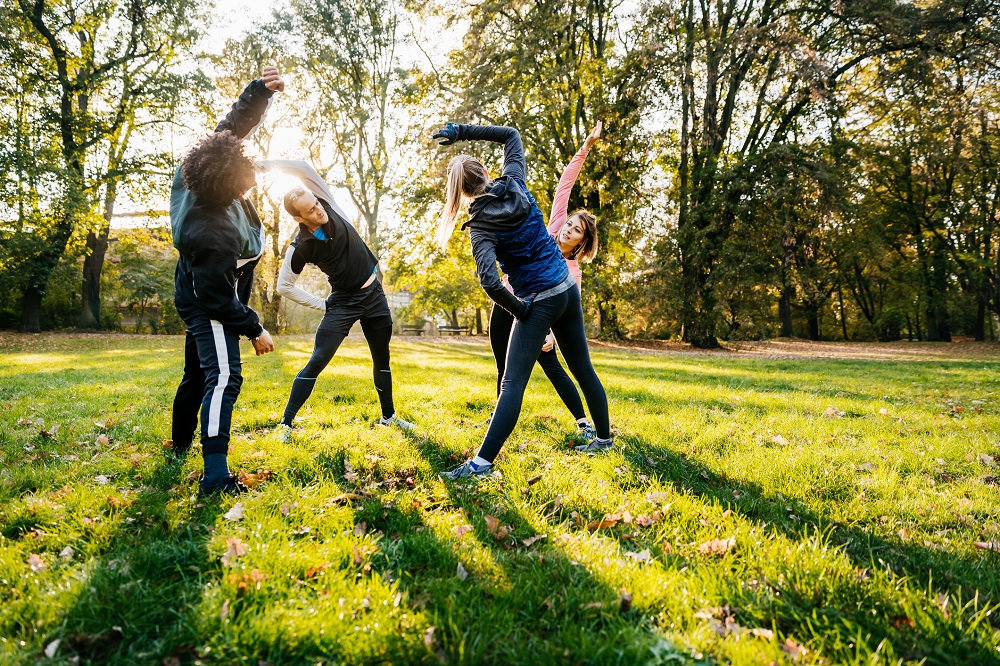The more you engage in aerobic exercise, strength training and balance work, the lower your risk for age-related functional limitations such as deteriorations in muscle mass, heart and lung strength, coordination and balance. Exercise helps counteract natural age-related increases in energy cost—the amount of energy needed to walk the same distance at the same pace now compared to several decades ago.
Strength training (using free weights, weight machines or resistance bands) can offset age-related muscle and bone loss by increasing muscle mass. Aerobic activity (walking, jogging, dancing, stationary biking, playing a sport) builds cardiovascular conditioning and endurance. And balance and stability work (yoga, tai chi) increases flexibility and reduces fall risk.
Every little bit helps, especially if you’re currently leading a sedentary lifestyle. Less than five minutes a day of moderate-to-intense activity is enough to reduce the risk for a serious fall in older adults. Individuals with type 2 diabetes who engage in occasional exercise enjoy a much lower mortality rate than those who don’t exercise at all.
If you need even more reason to exercise: It de-fogs memory, and just a single 10-to-30-minute exercise session is enough to lift your mood.
Nervous about starting to exercise because of a medical condition? Talk with your health-care provider—you may qualify for physical therapy via Medicare, during which you’ll learn exercises and strategies to improve your gait and balance.


